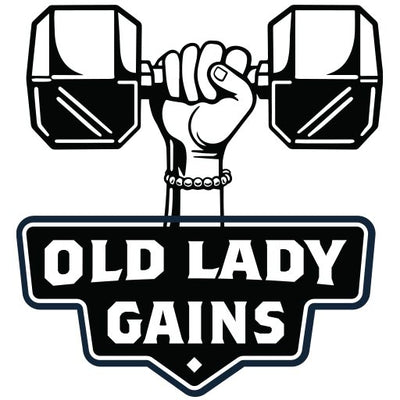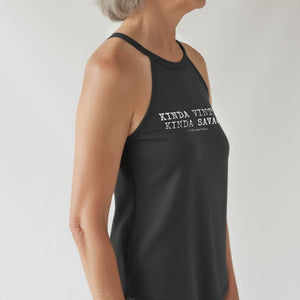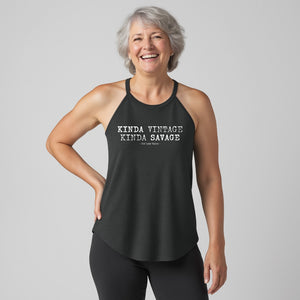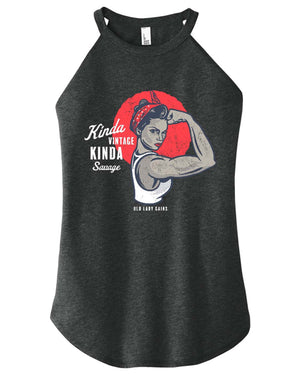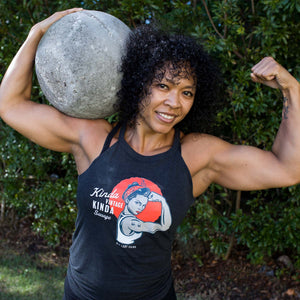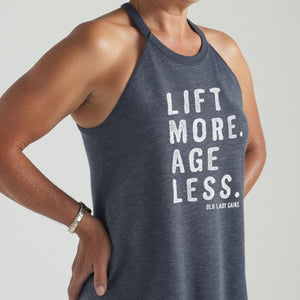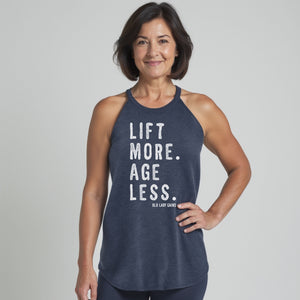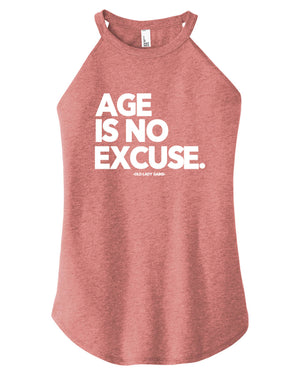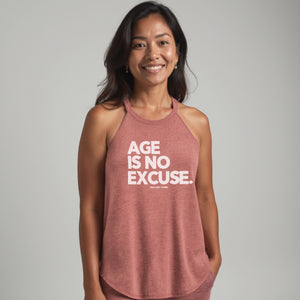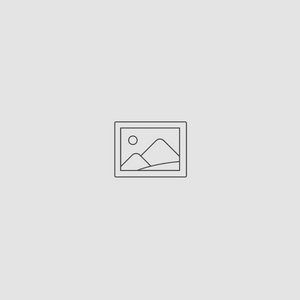Protein Intake After the Age of 40: Why It’s Important and How to Get More
Aug 14, 2022
It is quite astounding to me the number of middle aged women I sit down with and learn how little protein they are eating on a daily basis. Most of their goals are the same: lose the extra weight that has crept up over the years, feel stronger, and look younger. And yet, when we look at their nutrition, one of the major keys for all of their goals is drastically low.
Protein is often associated with bulking and bodybuilding, but it is essential for every person's body as it plays a part in nearly every bodily process, from cellular repair to hormone production. Proteins are the building blocks of life, as every cell in your body contains protein and it is needed for your body to repair cells as well as make new ones. It’s some pretty important stuff, so why we leave it to the bodybuilders is baffling.

Signs You May Not Be Getting Enough Protein
So How Much Protein Should You Consume?
The recommended daily amount of protein varies, depending on your activity level and your goals. If you’re wanting to add lean muscle mass you’re going to want to err on the high side. For a general rule of thumb, you need to consume 1 gram-1.2 grams of protein per pound of lean body mass. Make note: that’s not per pound of body weight. Let’s say you’re a female who carries a little extra weight and you weigh 200 lbs. You don’t need to eat 200 grams of protein. Most likely your lean body mass is somewhere between 125-150.
I always tell people to look at their current protein intake. If you are only consuming around 50 grams a day, make your first goal 100 grams. Keep in mind that your body may also need more fiber to help with the digestion of added protein. Once you are consistently hitting that first goal of 100 grams a day, increase that to what your optimal protein intake is for your body.
Trying to go from 50 grams of protein to 150 grams overnight will probably not be pleasant, as it can mess with your digestion. Take it slow, but keep working towards that goal.
How Do I Get All This Protein In?
This question invariably comes up when discussing protein intake. My first tip is to always include protein when you eat anything. If you’re snacking on nuts, add some greek yogurt. (Nuts are a fat source, not a protein source, even though they contain protein.) If you eat oatmeal for breakfast, add a couple eggs or some meat. Never eat a meal or snack without adding a protein source.
A few common protein sources include:
- Lean fish
- Chicken
- Lean beef
- Tuna
- Cottage cheese
- Greek yogurt
- Protein shakes
- Eggs
- Hard boiled eggs
Get creative with it. I’m not a huge fan of protein so I’ve learned to jazz it up a bit so I enjoy it.
For example, take a serving of greek yogurt, add PB Fit (powdered peanut butter) to it and use it as an apple dip. It feels like a snack, but it contains a healthy protein, healthy carb, and a good fiber source.
I also like to blend 2 eggs, 2 egg whites and ¼ c. cottage cheese in my blender and then scramble. You can’t tell the cottage cheese is even there, it adds more protein, and it gives the eggs a milder taste. That gives me 27 grams of protein in just one serving. Add a healthy carb and you’ve got a complete meal.
Another tip is to plan and prepare. If you start your day without a plan, you will revert to what is familiar and comfortable. Take the amount of protein you plan to eat in a day and divide it between your meals. That takes the guesswork out of it and you’ll know exactly how much protein you need for each meal.
I’ve personally seen so many benefits to eating adequate protein in myself as well as other middle aged women. It might just be your missing link to more energy and better muscle gains.

